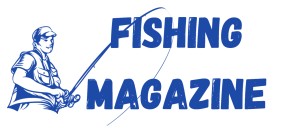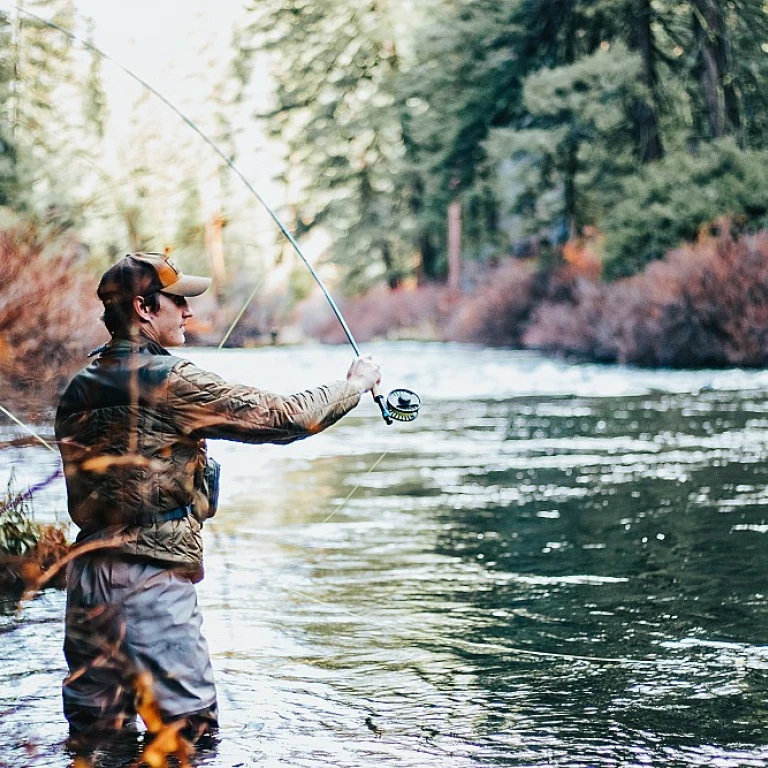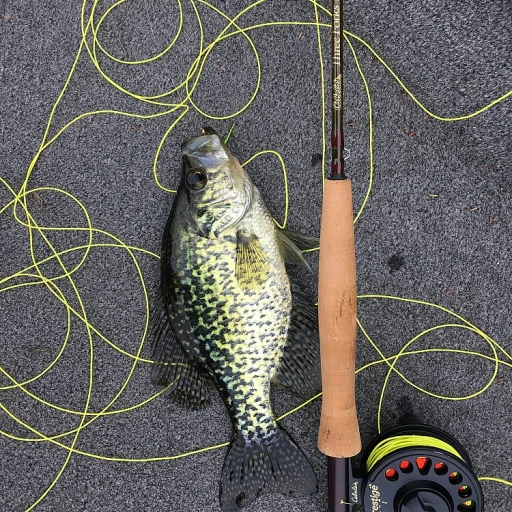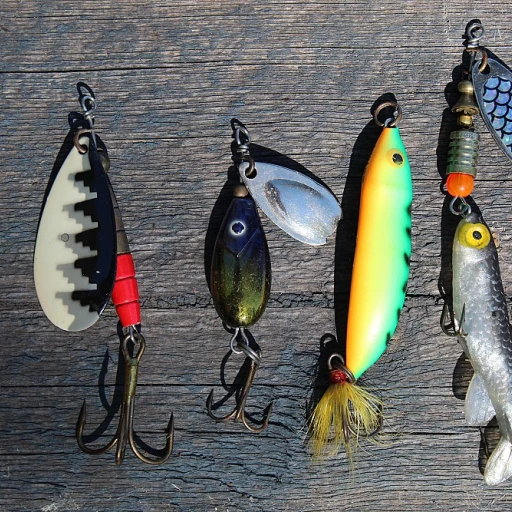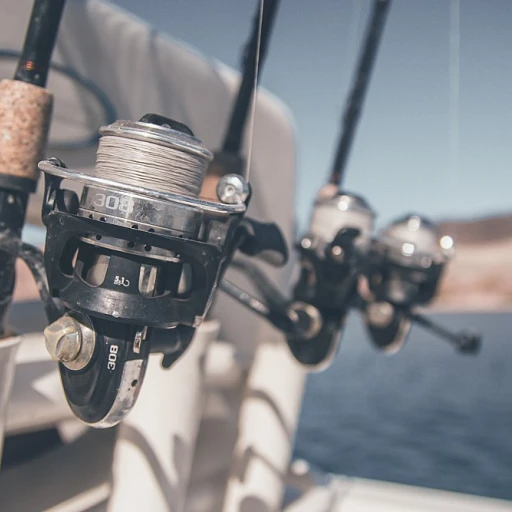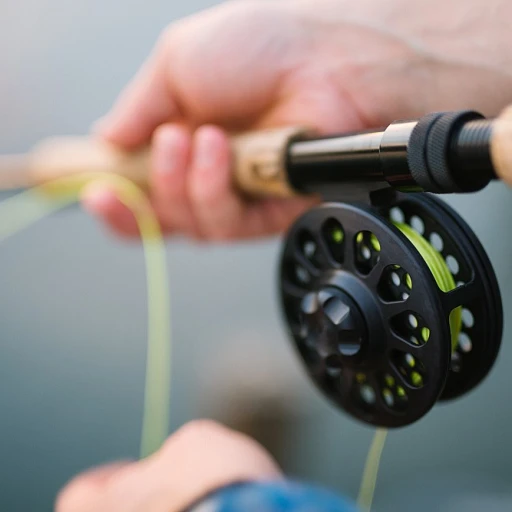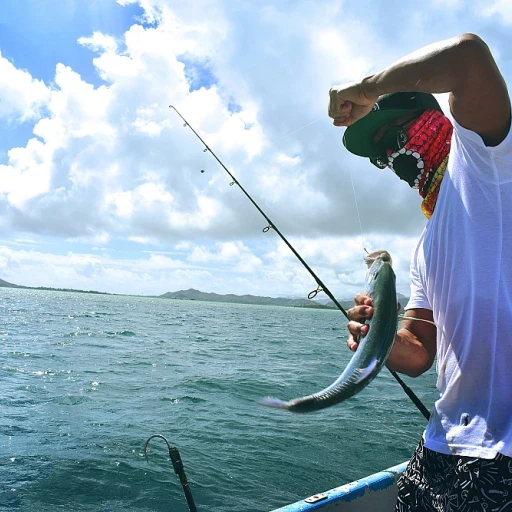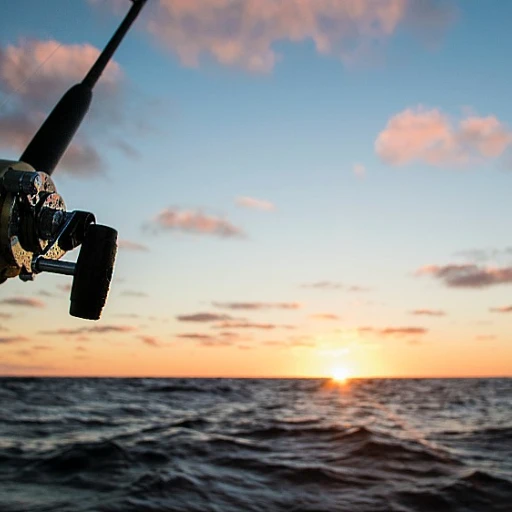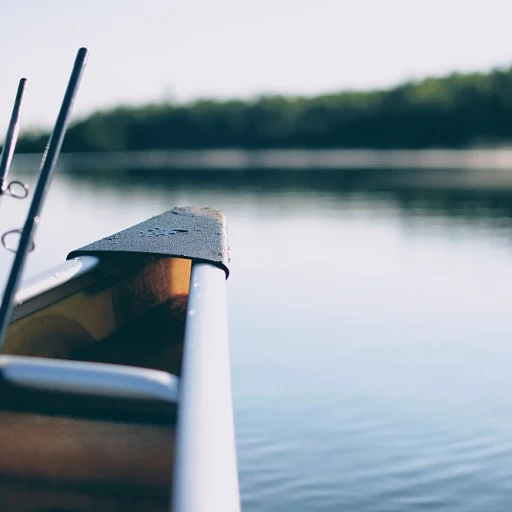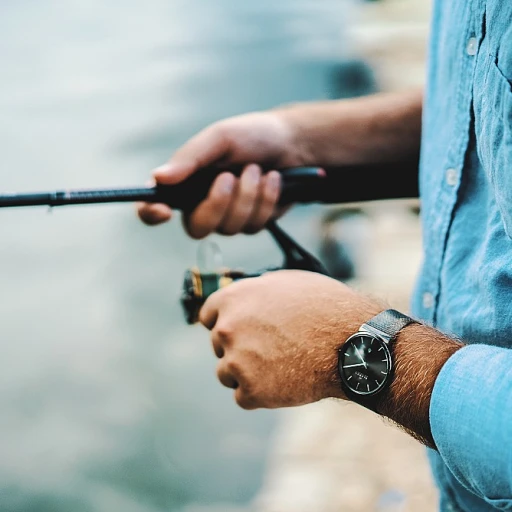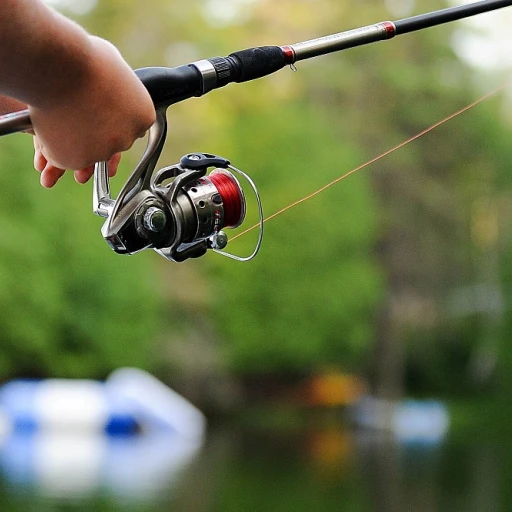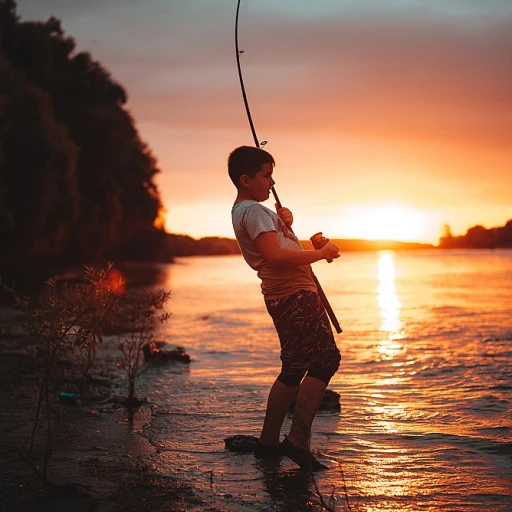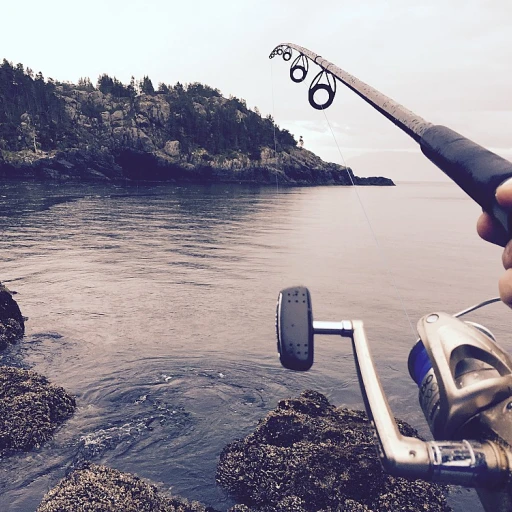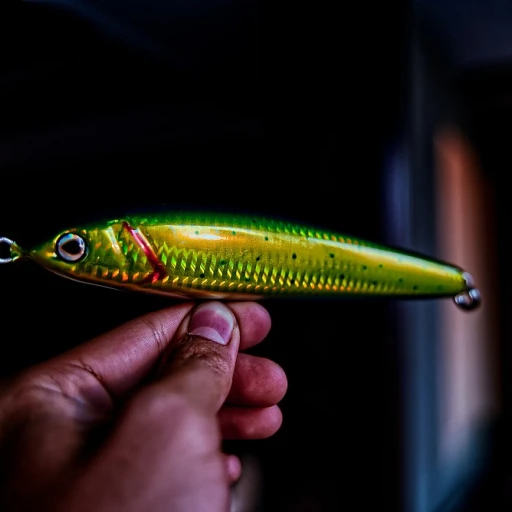
Understanding the Importance of Fly Tying Underbody
The Foundation of Successful Fly Tying
As any avid fly fishing enthusiast will tell you, mastering the art of fly tying is essential to elevating your fishing game. At the core of perfectly tied flies lies the often-overlooked underbody. It is the foundation upon which the rest of your fly is built and supports the structure and durability of your creation. Understanding its significance can greatly enhance your overall fly tying skills.
The underbody serves multiple purposes: it acts as a support for the outer layers of the fly, ensures the correct proportions, and adds weight when needed, particularly in nymphs and streamers. A well-constructed underbody can help your fly sit properly on the water, particularly crucial for dry flies. This helps entice fish by mimicking the delicate balance and motion of natural insects.
A poorly tied underbody can lead to a misshapen fly that affects both performance and appearance. This is why paying attention to the construction of the underbody is so vital. Starting with the right materials and techniques sets the stage for successful fly tying, just as choosing the perfect gift sets the stage for happy anglers. Interested readers can explore perfect presents for passionate fly fishermen for more insights.
To master the craft, you must be deliberate with each choice, from selecting the proper thread and wire to understanding how to apply precise thread wraps to the hook shank. As you refine your approach, be sure to learn from common mistakes and explore innovative methods to solidify your fly tying technique.
Materials for Crafting the Perfect Underbody
Essential Materials for Crafting the Ideal Underbody
Creating the optimal underbody for your flies requires careful selection of materials, each playing a crucial role in achieving balance, durability, and realism. An excellent underbody serves as the foundation for all subsequent layers, ensuring your flies perform well in various fishing conditions.
Start with the hook, choosing one that complements the fly pattern you’re working on. The hook shank acts as the canvas for your underbody work. Using the right tying thread is essential for ensuring the underbody maintains structural integrity. Opt for flat thread styles, like a waxed thread, to enable even thread wraps and avoid excessive bulk.
For additional weight and durability, employ a lead wire or wire underbody, strategically wrapped between the hook shank and the first layer of thread. When using wire materials, pay special attention to secure them properly to avoid movement during casting. Wraps of quill or peacock herl infuse natural texture and appearance, essential for lifelike fly bodies.
Incorporating alternative elements like the uni underbody or head cement bolsters the durability of the foundational structure. These elements ensure the underbody remains robust through multiple uses. The application of a whip finish contributes to a polished look, helping secure materials without knots visible on the fly’s exterior.
By carefully selecting and combining these materials, you’re setting up your fly patterns for success, enhancing their appeal in attracting fish. Dive deeper into modern techniques in fly design with our feature on the Snakelet Fly.
Techniques for Building a Solid Underbody
Techniques for Building a Robust Underbody
Creating a sturdy fly tying underbody requires a mix of skill and technique. Mastering the art starts with the fundamental processes, such as selecting the right materials and applying them effectively. Let's delve into the methods that will ensure your flies have a smooth, balanced, and durable underbody. To achieve a solid foundation, begin with a layer of waxed thread. This type of thread provides additional grip and helps lock materials in place, ensuring they remain secure during casting and fishing. Wrap the thread evenly from the tie point near the hook eye to the end of the hook shank. Keeping your thread tension consistent is crucial as it avoids creating lumps or weak spots. Adding a wire underbody can significantly enhance the durability of the fly. Lead wire is often chosen for streamers, offering weight to help the fly sink. Carefully wrap the wire around the hook shank, starting from the tying thread’s stopping point. Using wire not only adds weight but also reinforces the fly, making it last longer against bites and snags. When creating dry flies, a lighter structure is essential to maintain buoyancy. For these flies, a carefully wrapped quill body or peacock herl underbody can provide necessary flotation properties. To ensure a smooth finish, use flat thread for the final wraps. They accumulate less material bulk, giving the underbody a neat appearance. Additionally, you can apply thread wraps with a variety of colors such as black or white to give the underbody the desired aesthetic appeal. Each color can mimic different insects or baitfish your target fish species might be attracted to. Incorporating techniques like the whip finish secures the tying thread, preventing it from unraveling. A light dab of head cement or similar adhesive at the thread wrap's top can further ensure durability, resisting moisture and wear from fly fishing expeditions. By experimenting and refining these techniques, you'll build an underbody capable of withstanding the rigors of the water. Explore more refined options with our exploration of the best options for tuna fishing boats to see how other aspects of fishing can intersect with fly tying innovations.Common Mistakes and How to Avoid Them
Avoiding Pitfalls in Fly Tying Underbody Construction
It's not uncommon for recreational fly tiers to run into a few stumbling blocks when crafting the underbody of dry flies or even weighted flies. Understanding these common mistakes can save time and help create a more effective presentation. First, one frequent error is over-wrapping the thread. Using too much tying thread can build up unnecessary bulk on the hook shank, which may deter certain fish species. To circumvent this, try using a waxed thread or a flat thread that allows for leaner thread wraps. A gentle touch is essential, and a whip finish should be done carefully to maintain that finesse. Another common mistake is neglecting the importance of the initial foundation. If the initial wraps aren't secure, the entire underbody can unravel. To ensure that your work stays in place, start with a couple of secure wraps at the tie point. Some anglers prefer using lead wire or wire underbody to help anchor the thread securely in place. Ensuring uniformity in the fly body is another aspect that shouldn't be overlooked. Achieving a smooth and even fly tying underbody requires consistent tension on the tying thread as you wrap it around the hook shank. Utilizing uni underbody techniques can help achieve the desired evenness. Moreover, many beginners forget to pinch the thread wrap tightly over quill or wire materials, leading to a fly that might not withstand vigorous fishing action. A light touch of head cement can provide additional durability if needed, especially towards the top hook area. Lastly, the choice of materials can impact the effectiveness of your flies. Incorrect materials can lead to color variations that may not replicate natural patterns. For instance, mixing too much black thread with white can skew the intended look of your fly. Be strategic with the color combinations, considering the conditions you'll face on your fly fishing trip. By keeping these tips in mind, you can enhance the structural integrity and appeal of your flies, ensuring they perform optimally whether targeting trout or other angling pursuits.Innovative Approaches to Fly Tying Underbody
Exploring Creative Techniques for a Stunning Outcome
Innovation in fly tying underbody often involves thinking outside the box. This creative approach ensures that your flies not only look appealing but also perform exceptionally when fly fishing.- Quill and Herl Fusion: Combining peacock herl with a stripped quill can enhance the natural look of your fly. This fusion on the underbody accentuates translucency and segments, mimicking the natural body of certain insects.
- Wire and Thread Layering: Utilizing both wire and thread to construct your underbody can add strength and create a lifelike appearance. Thread wraps followed by a wire underbody add weight, making it ideal for fishing in deeper waters. The interplay between uni underbody and lead wire provides excellent density.
- Color Contrasting: Experiment with contrasting colors such as black over white underbody. The visual appeal resulting from this contrast helps trigger the predatory instincts of fish. Adding a backdrop of waxed thread under a vibrant topper can also create a captivating fly.
- Natural Materials: Enhancements using natural materials such as sep herl and charlie can give your flies a realistic appearance. Natural patterns often attract more fish, as they closely imitate the food fish are accustomed to.
Expert Tips for Perfecting Your Fly Tying Skills
Advanced Insights for Elevating Your Fly Tying Craft
Crafting the perfect fly involves more than just precision and patience; it requires incorporating expert tips to enhance your fly tying skills. Here are some valuable insights that experienced anglers swear by:- Preparation is Key: Ensure all your materials are organized before you begin. This way, you avoid disruptions and maintain a steady workflow. Remember, using a waxed thread can help keep everything in place, especially when you're dealing with a complex underbody structure.
- Balancing Tension: Achieving the right thread tension is crucial. Too much tension can cause the thread to break or the underbody to deform, while too little can result in a loose and unstable fly. Practice wrapping the thread around the hook shank and maintaining a consistent tension throughout the process.
- Utilize the Lead Wire Wisely: For a weighted fly, the lead wire underbody is essential. Carefully wrap it around the shank ensuring even distribution, contributing to a well-balanced, effective lure when submerged.
- Innovative Use of Materials: Consider incorporating different materials to imitate various aquatic insects. For instance, the use of a peacock herl can simulate a more natural appearance, attracting a variety of fish species.
- Securing the Fly: Mastering the whip finish is essential for a secure tie. Employ a reliable tying thread to prevent unraveling. A small drop of head cement at the end of your tie will provide extra reinforcement and durability.
- Fine-Tuning Techniques: Experiment with flat thread and thread wraps to create a sleek body and a neat finish. Ensure that your flies are finely tuned to suit both wet and dry fly fishing. Pay attention to the underbody, as even the smallest adjustments can have significant impacts on your fly's effectiveness.
